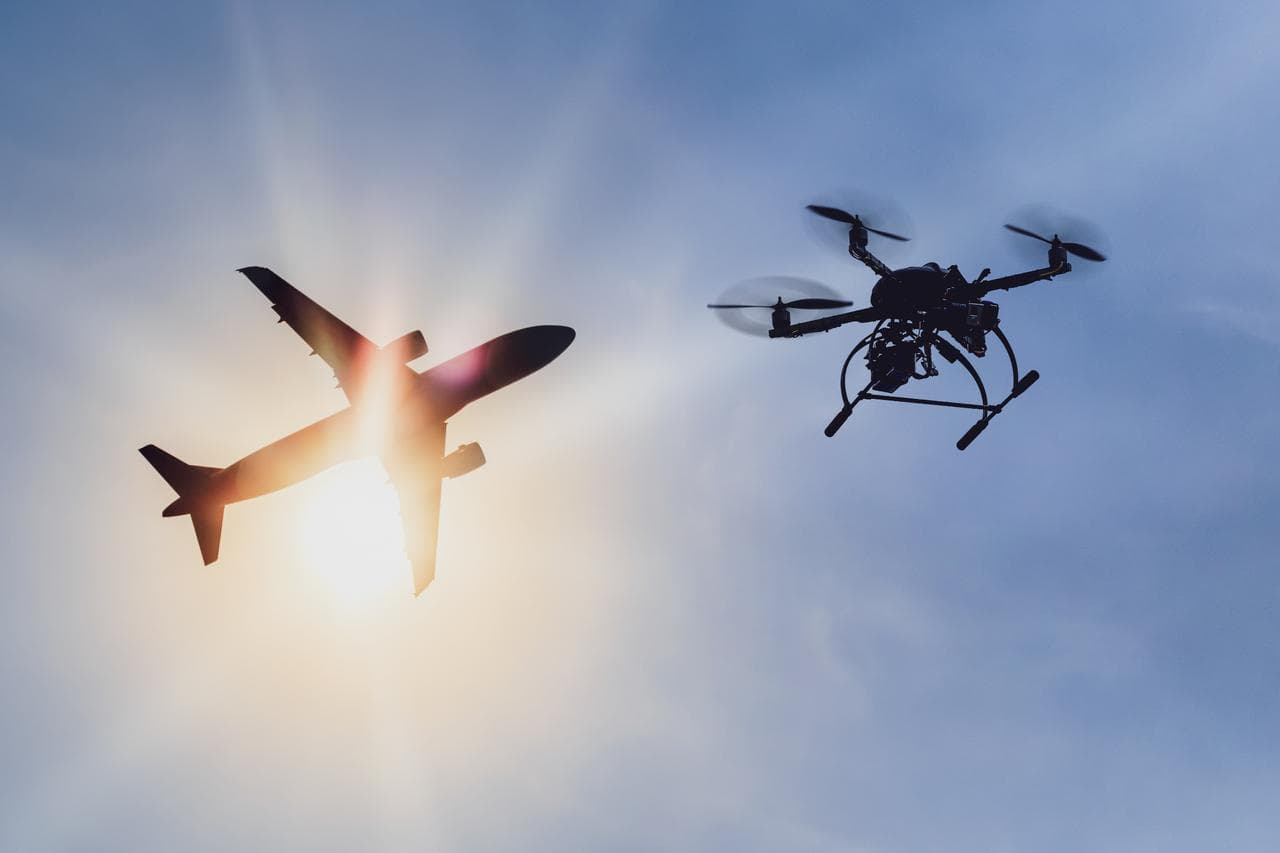Loading News Article...
We're loading the full news article for you. This includes the article content, images, author information, and related articles.
We're loading the full news article for you. This includes the article content, images, author information, and related articles.
Suspected Russian surveillance drones probing NATO defences and disrupting major European airports highlight an urgent, evolving security challenge. For Kenya, these incidents are a stark reminder of the vulnerability of key infrastructure

A wave of mysterious drone sightings across Europe has forced the temporary closure of major airports, disrupted flights, and put NATO’s air defences on high alert, prompting serious questions about aviation security in an era of rapidly evolving hybrid warfare. While European authorities investigate suspected Russian intelligence operations, the events serve as a critical case study for nations like Kenya, whose economic and travel lifelines depend on the security of their own airspace and critical infrastructure.
Since September 2025, numerous European countries—including Denmark, Belgium, Poland, and Germany—have reported unidentified drones flying near civilian airports, military bases, and nuclear power plants. In a significant escalation on the night of September 9-10, 2025, Polish and NATO jets were scrambled to intercept and shoot down several of approximately 19 Russian drones that crossed into Poland’s airspace from Ukraine and Belarus. The incursion, which Polish Prime Minister Donald Tusk labelled an act of aggression, forced the temporary closure of four airports, including Warsaw's Chopin Airport. Russia has denied deliberately targeting Poland.
Other major disruptions followed. Copenhagen Airport shut down for nearly four hours on September 22 after multiple large drones were detected, an incident Denmark's Prime Minister Mette Frederiksen called “the most serious attack on Danish critical infrastructure to date.” In early November 2025, Brussels and Liege airports in Belgium also experienced repeated shutdowns, stranding hundreds of passengers and prompting the deployment of counter-drone specialists from the U.K., France, and Germany. The drones in Belgium were also spotted over the Kleine-Brogel Air Base, a sensitive site believed to house U.S. nuclear weapons.
Security analysts and European officials widely attribute the drone activity to a Russian campaign of “hybrid warfare,” designed to test NATO’s response times, identify air defence gaps, and create public anxiety without triggering a direct military conflict under Article 5. German Defence Minister Boris Pistorius stated such actions are intended to “unsettle and frighten our societies.” The use of unarmed or decoy drones, as seen in the Polish incursion, allows for probing defences and gathering intelligence at low risk.
In response, several NATO countries are collaborating on a proposed “drone wall,” an advanced surveillance and defence network stretching from Norway to Poland. The initiative, spearheaded by nations on NATO's eastern flank, aims to use AI-powered reconnaissance drones, sensors, and counter-UAV systems to create a permanent early-warning shield against such incursions. European Commission President Ursula von der Leyen has also called for a united response, proposing immediate measures to create a drone wall to counter what she termed “Russia’s drone intrusions.”
While geographically distant, the events in Europe have direct relevance for Kenya. Jomo Kenyatta International Airport (JKIA) in Nairobi is a vital regional hub for passenger travel and cargo, particularly for high-value horticultural exports to Europe. Any large-scale disruption at major European transit hubs like Amsterdam's Schiphol or London's Heathrow can have significant knock-on effects, causing costly delays and cancellations for Kenyan businesses and travellers.
More critically, the European incidents highlight the growing accessibility of drone technology for hostile surveillance and disruption. The Kenya Civil Aviation Authority (KCAA) has established a comprehensive regulatory framework for Unmanned Aircraft Systems (UAS), requiring all drones to be registered and operators to be licensed. The regulations stipulate strict no-fly zones around airports (a 7-10 kilometre radius), military installations, and other sensitive sites, with a maximum flight altitude of 400 feet. However, enforcement remains a significant challenge.
The tactics seen in Europe—using commercially available or modified drones to probe critical infrastructure—could easily be replicated by non-state actors or hostile states in the East African region. This poses a direct threat not only to aviation but also to other key installations such as the Port of Mombasa, energy facilities, and government buildings.
Kenyan law treats all drones as aircraft, requiring permits for every flight and security clearance from the Ministry of Interior for certain operations. The KCAA has the authority to approve or deny drone importation and transfer of ownership. Despite these robust regulations, the challenge lies in detecting and neutralizing unauthorized drones, a technologically complex and expensive task that even well-resourced NATO countries are grappling with. The incidents in Europe underscore the urgent need for investment in advanced counter-drone detection and mitigation technologies to protect Kenya’s sovereign airspace and its critical economic assets.